Marie Curie: The Woman Who Used Radiation to Save a Million Lives
By: Priyarshini Ghosh

A message from Schulz Electric
Schulz Electric™ Refurbishes Critical Circulating Water Pump Motor in Only Four Days
By: Priyarshini Ghosh
by Gene Grecheck and Brett Rampal
Live streaming on Facebook from Nuclear Science Week 2016 Big Event! Enjoy today's "live" matinee.
The American Nuclear Society (ANS) is a proud and active partner of Nuclear Science Week. ANS recommends that everyone share their tweets using the event hashtag: #NuclearSciWeek.
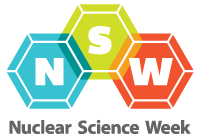
October brings many wonderful things each year, but of special interest to us is the annual National Nuclear Science Week (#NuclearSciWeek on social media) event which is intended to help everyone learn how nuclear science and technology works every day to improve their lives.
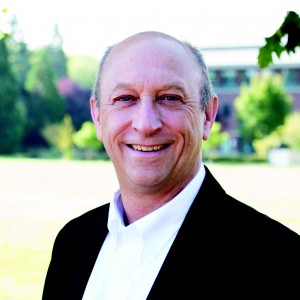
Klein: "We need to start somewhere"
At the ANS Annual Meeting in New Orleans in June, ANS President Andrew Klein introduced the Nuclear Grand Challenges project, which is aimed at understanding the technical challenges facing nuclear science and technology. To identify those challenges, ANS will be accepting ideas from members and the public from now until March 2017. Klein discussed with Nuclear News Associate Editor Tim Gregoire his goals for the project and how the final challenges will be chosen.
Special ANS Friday Matinee edition by Will Davis
Today's Friday Nuclear Matinee video of climate policy expert Michael Shellenberger comes to us from TED.com. "We're not in a clean energy revolution; we're in a clean energy crisis," says climate policy expert Michael Shellenberger. His surprising solution: nuclear. In this passionate talk, he explains why it's time to overcome longstanding fears of the technology, and why he and other environmentalists believe it's past time to embrace nuclear as a viable and desirable source of clean power. Enjoy the 14 minute video.
It's time for the Friday Nuclear Matinee. Today we feature an interview with ANS member Meredith Angwin. Meredith was a guest on the Pat McDonald show: Vote for Vermont. The interview included the following topics:
As was reported here last week, Kagoshima Prefecture (Japan) Governor Satoshi Mitazono, who was elected to this office in July after running on a solidly anti-nuclear-energy ticket, made a formal request to Kyushu Electric Power on August 26. Further significant events have now transpired.
https://www.youtube.com/watch?v=z3V_hr7GkYk
This week on the Friday Nuclear Matinee we have a short double feature! Up first is a time lapse video from Georgia Power showing last weekend's movement of the million-pound CA20 module from the MAB or Modular Assembly Building and the module's emplacement at Vogtle Unit 4. This is the heaviest lift conducted in 2016; the Unit 3 CA20 module was placed prior to this year.
by Rosalind Reischer
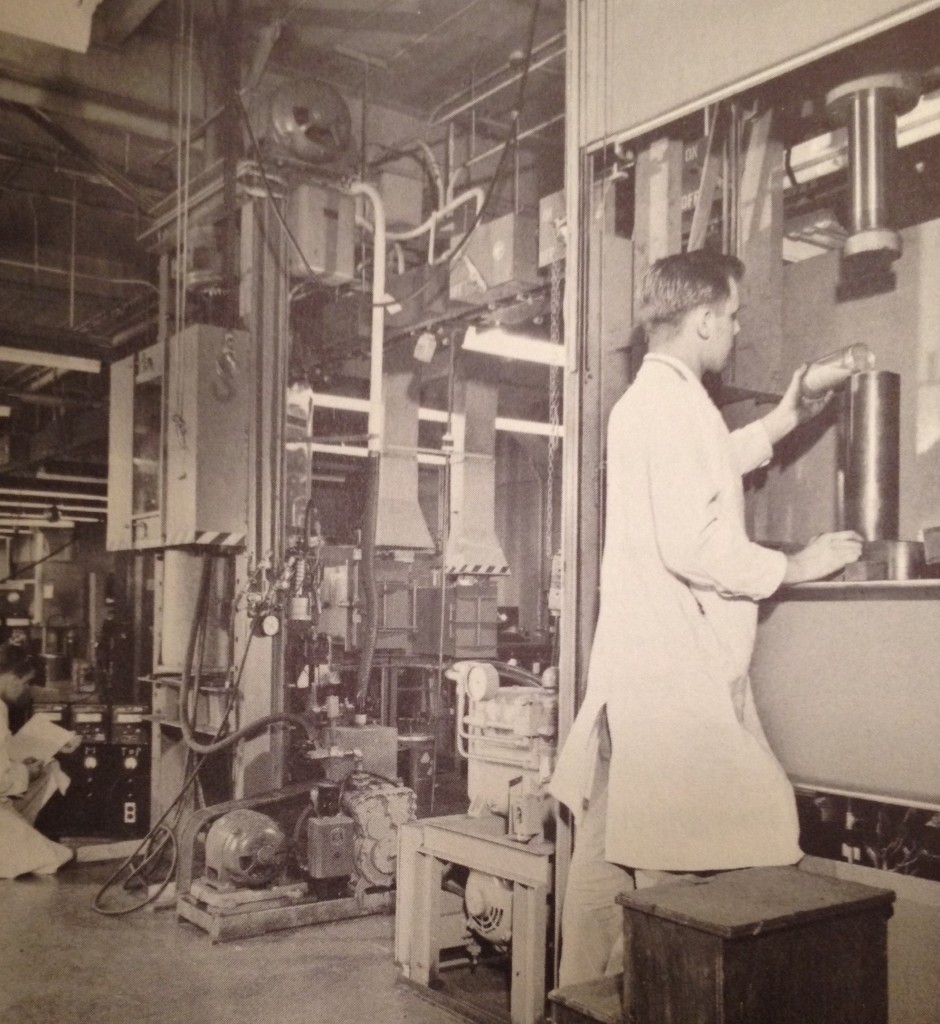
Powder Metallurgy Facility, Sylvania-Corning Nuclear Corporation, Bayside, N.Y. From Will Davis' collection.
The era of the "first nuclear build" in the United States (from the Manhattan Project of the Second World War at the earliest, through the final commercial plant orders in 1978) was by nature one of nearly continuous "firsts" in its opening decades, as nuclear energy moved from being a thought to a possibility to a reality and took on many forms and nuances.
by Arthur T. Motta
https://www.youtube.com/watch?v=KbxHk7go7UU
Watch today's Friday Nuclear Matinee: A discussion regarding the big decision in NY on Monday, August 1, 2016 allowing nuclear to qualify for subsidies.
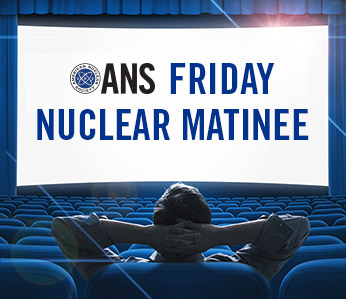
Our feature this week is the very latest update from Georgia Power on the construction of the brand new nuclear units at Plant Vogtle. Some excellent aerial views are given of the plant, including down into the reactor building of Unit 3. Don't miss this important update!
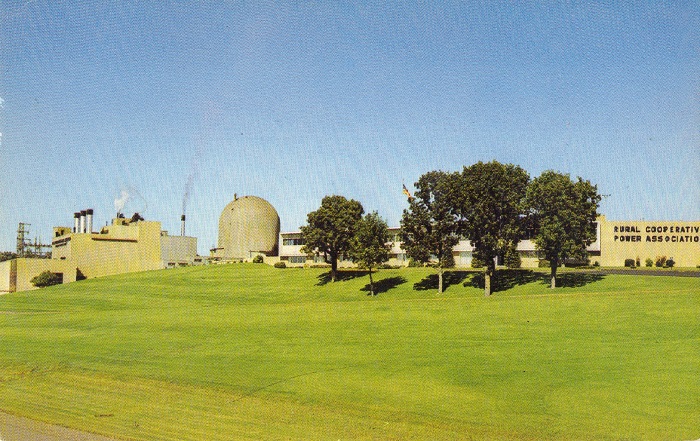
Elk River Generating Station, Rural Cooperative Power Association, Elk River, Minnesota.
The Elk River reactor, as it was generally known in the AEC parlance of the day, was a pioneering effort in America's nuclear energy history. Hailed widely as "Rural America's first atomic power plant," the intention was to provide a pilot installation of a small, simple, and inexpensive nuclear steam supply system that could be duplicated at many far flung locations. Unfortunately for the concept, the Elk River plant in the end proved unable to meet the task for technical reasons; yet, it remains firmly in history as one of the well known early nuclear energy installations. What follows is a brief history of the project and its major players.
by Andrew Reimers